|
Magic Lanterns, manufactured by Perken, Son & Rayment (Optimus) part 1. |
 The British firm of Lejeune & Perken was established in 1852 in London, manufacturing optical, photographic and other scientific instruments. Their trade name 'Optimus' was first registered on 9 December 1885 and was applied to magic lanterns as well as an extensive range of photographic equipment. Soon after that the business continued under the name Perken, Son & Rayment. Finally the firm became Perken, Son and Co. Ltd in 1900 and continued to be listed into the 1920s. 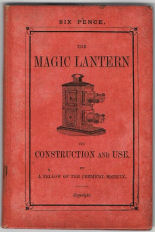 The Magic Lantern: its Construction and Use, published by Perken, Son & Rayment, c. 1890. |
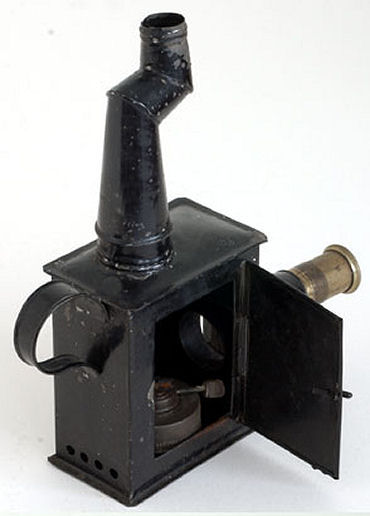 |
The Magic Lantern: its Construction and Use,
published by Perken, Son & Rayment, c. 1890: 'Optimus' Magic Lanterns for Youth. To burn Parafin or Mineral Oil. The body of these lanterns is so constructed that the oil reservoir is not likely to become heated, since it falls through the bottom of the illuminated chamber and is in outside air. Small Magic Lanterns, with condensers, front lens (adjustable), black japanned body, chimney, lamp and reflector...... (six sizes, prices from 2/6 up to 20/- each).' |
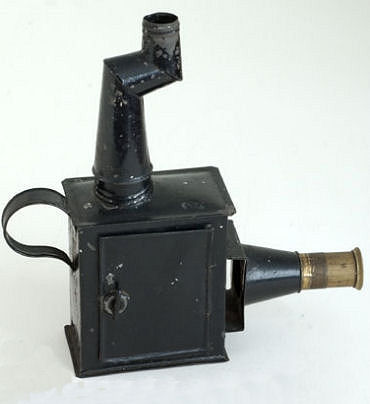 |
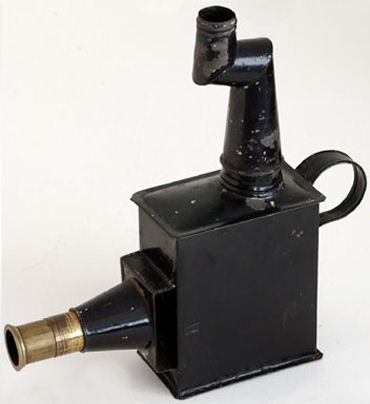 |
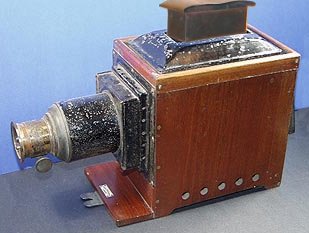
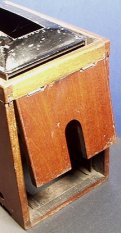 |
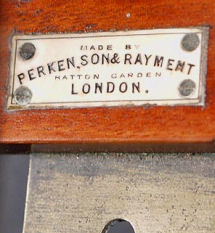 |
Simple mahogany magic lantern. Japanned metal
roof, stages and sliding tubes. No side doors. Hinged back door. Original catalogue
price 42s. |
|
 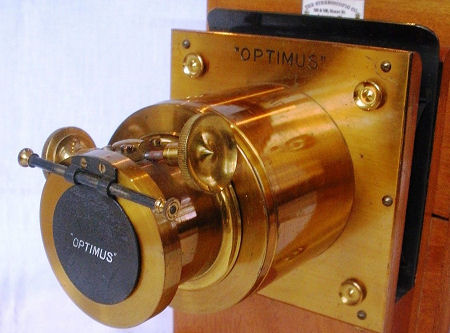
|
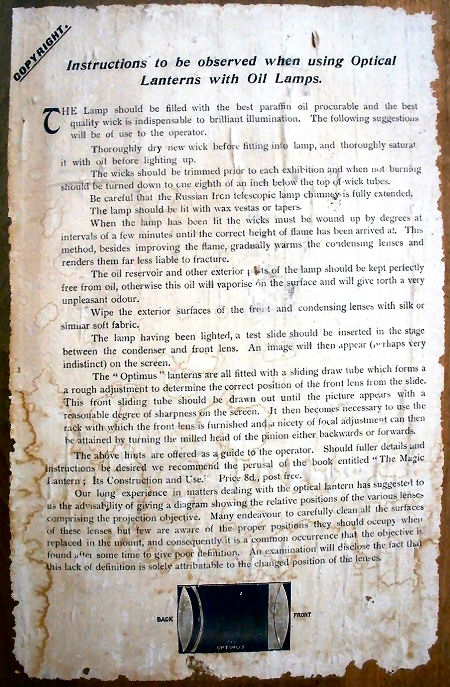 |
||
 Superior mahogany magic lantern. Mahogany body with
two panelled doors. Highly finished brass stages and sliding tubes. A
white shield with the name and address of the London Stereoscopic
Company, 106 & 108 Regent St London W England, probably the supplier. On
the inside of the wooden storage box is a label affixed to the lid with
instructions for use. Superior mahogany magic lantern. Mahogany body with
two panelled doors. Highly finished brass stages and sliding tubes. A
white shield with the name and address of the London Stereoscopic
Company, 106 & 108 Regent St London W England, probably the supplier. On
the inside of the wooden storage box is a label affixed to the lid with
instructions for use.Measurements: 11” x 10” (13” high with chimney), 18” long with lens. Storage Box 20” X 12 ½” X 9 14”, Slides 3 ¼” x 3 ¼”. |
|||
Large Russian Iron Magic Lantern. Highly finished brass
parts.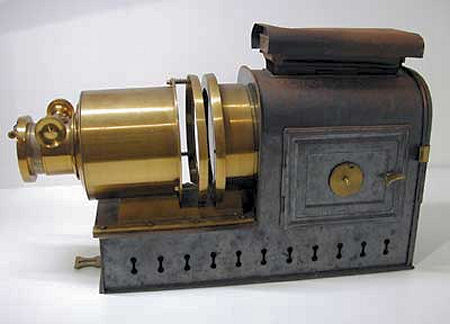 |
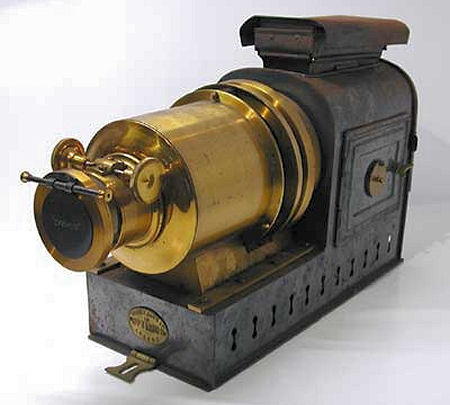 |
||
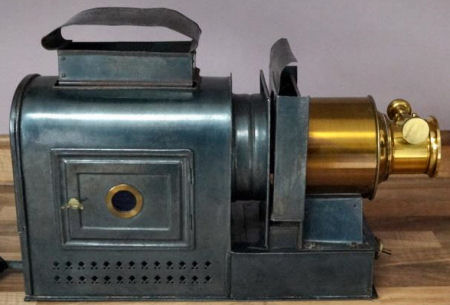 |
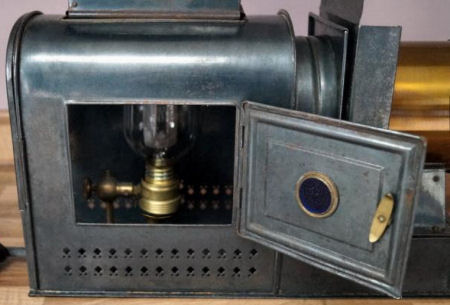 |
||
| Large Optimus magic lantern made of steel and brass provided with an electric lamp. | |||
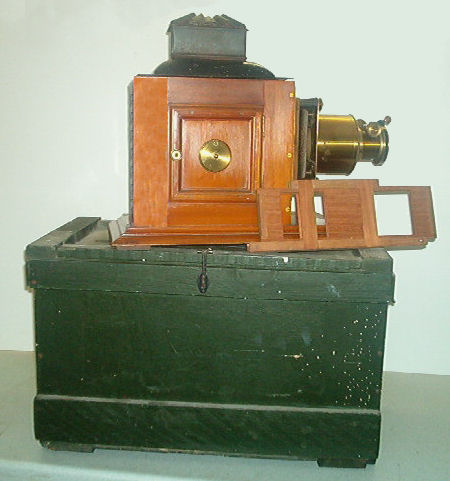 |
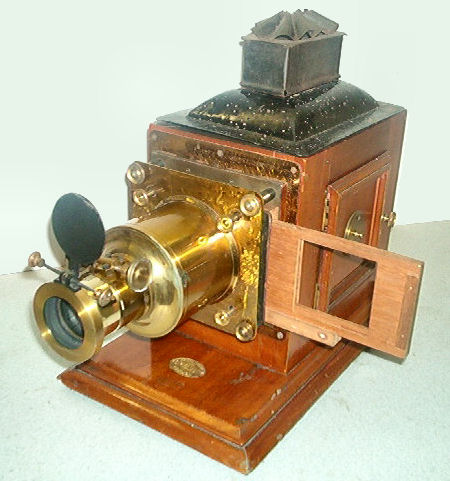 |
||
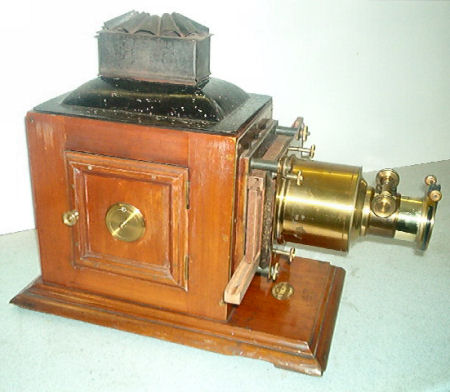 |
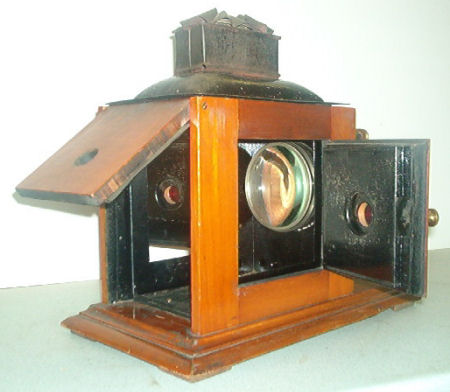 |
||
|
Mahogany magic lantern. Mahogany outside body with
two panelled doors. Metal lining inside. Highly finished brass stages and
sliding tubes. |
|||
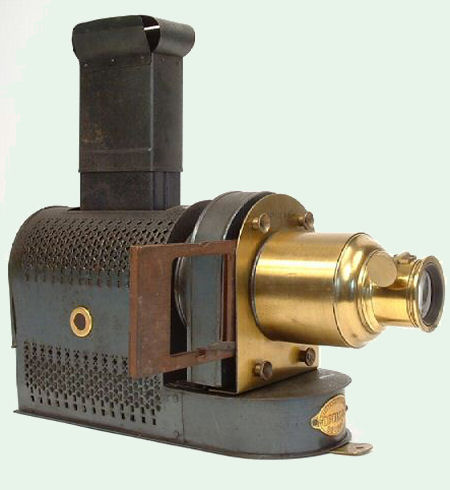 |
 |
||
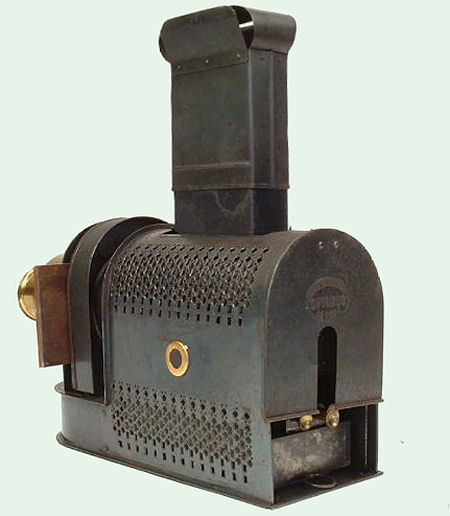 |
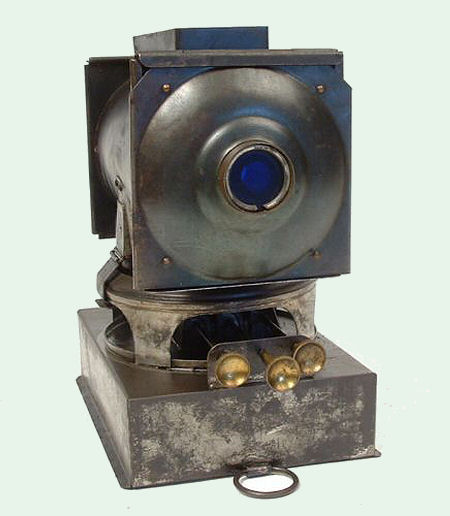 |
||
|
The Magic Lantern: its Construction and Use,
published by Perken, Son & Rayment, c. 1890: 'Optimus' Magic Lanterns. Perforated Russian Iron Body, Brass Sliding Tubes.... 50s. Adapted for use with Limelight. For Dissolving 2 lanterns are necessary. Each Magic Lantern is efficient for exhibitions. The lens gives crisp definition, being a superior Achromatic Photographic Combination (large diameter back lens), with rack and pinion. It is fitted to a telescopic lengthening tube, so gaining increased focal accommodation. The Condenser is composed of two plano-convex lenses of 4 inches diameter. The refulgent lamp has 3 wicks, or 4 wicks 2s. extra, yielding a brilliantly illuminated picture - Each is complete in box. |
|||
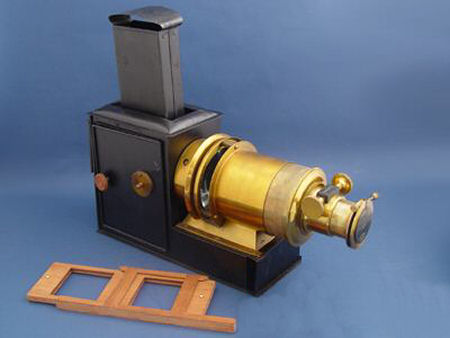 |
 |
||
|
Large Russian Iron Magic Lantern. Highly finished brass
parts. Refulgent lamp has three wicks (with an additional charge four. |
|||
|
More Optimus lanterns.... |
|||
| |
©1997-2021 'de Luikerwaal' All rights reserved. Last update: 23-05-2021. |